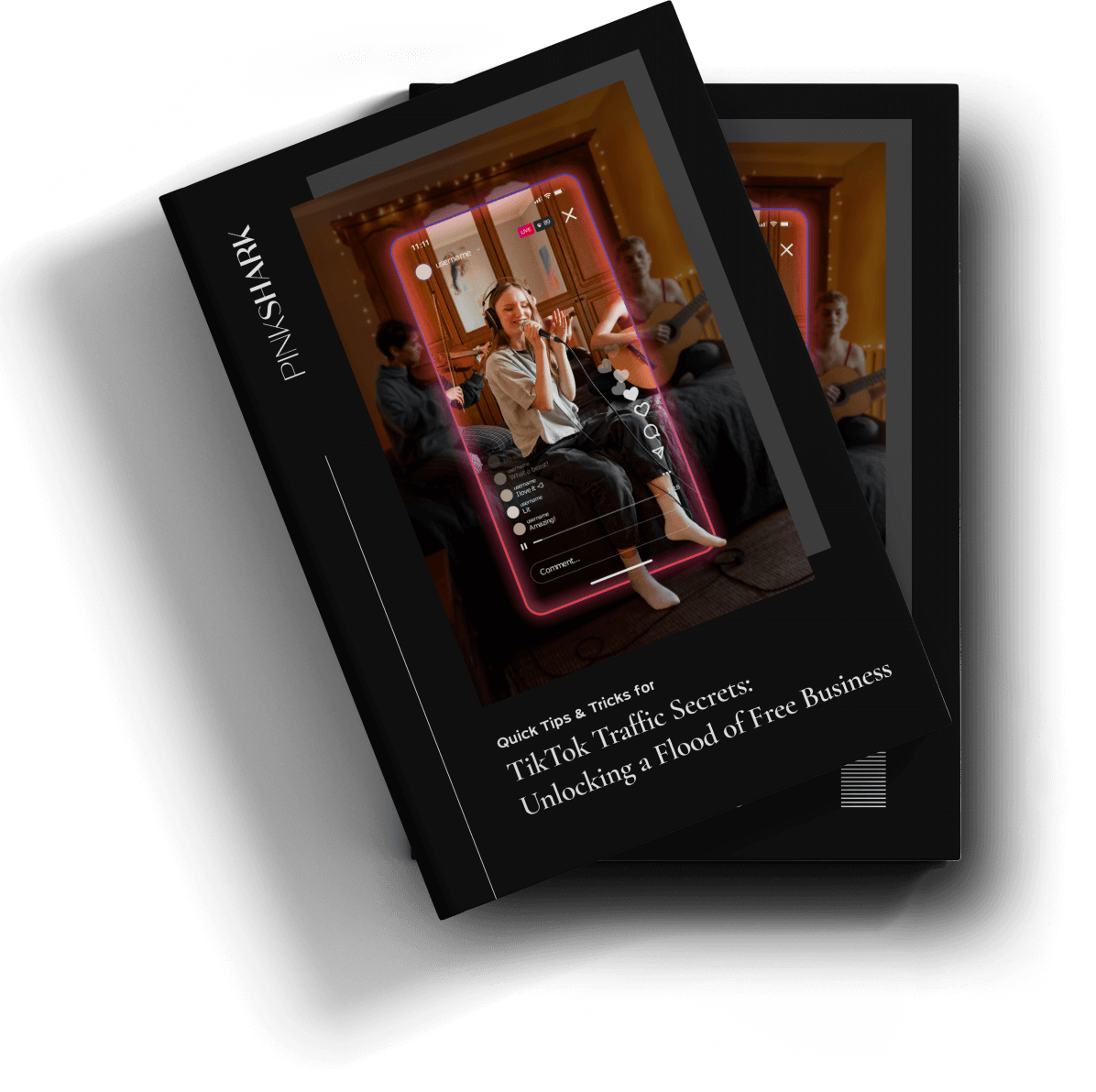Web design has clearly become an even more important part of the model for certain businesses in the era of coronavirus. The Covid-19 pandemic has imposed severe limitations on in-person gatherings, and several months since the start of the crisis, many business meetings are still taking place over Zoom. But this is just one example of the types of activities that have had to move from in-person to virtual in order to continue flourishing during the pandemic.
Some businesses have smoothed this transition by improving their web design. Many of them will go back to the status quo once public health concerns finally start to diminish. But for some of those business, revised web design will have revealed opportunities that they can continue to exploit as part of their operations during normal times.
On Thursday, Architectural Digest published an article about virtual showrooms being used in the Bay Area in place of walk-throughs for decorator showcases. The article made no effort to suggest that the digital alternative was every bit as good, but it also gave no indication that the idea would be abandoned entirely once social distancing measures were relaxed.
Indeed, it would be surprising if the organizers invested in web design with a more elaborate, panoramic visual interface only to ignore its advantages several months later. That improvement will surely remain useful in situations where it’s necessary to accommodate larger numbers of people in a space, or to let them visit remotely across long distances.
It’s not difficult to imagine how similar web design projects can have advantages for other businesses and organizations, both during and after the pandemic. On one hand, virtual showrooms make it clear that there’s no replacement for in-person experience. But on the other hand, they also help to reveal how that in-person experience can be streamlined by first using effective web design to squeeze everything they can out of digital experiences.
This principle could be applied, for instance, to the real estate industry. Presently, most online home listings are accompanied by a few static pictures, to give a general impression of the space. But imagine if the web design was updated to allow something more like a virtual tour of the building. It wouldn’t be the same as a physical walk-through, but it would help agents to more quickly hone in on the properties for which their clients are most likely to make an offer.
It’s the same in other industries. The more information a customer has before the point of sale, the more quickly they tend to move once the product is at their fingertips. Web design is increasingly capable of giving such customers the next best thing to hands-on experience of a product or service. The businesses that utilize this web design will tend to have an advantage in their markets.
Enter your email address and we'll send you a video guide.
Your No-Nonsense Guide to Making TikTok Work for You
